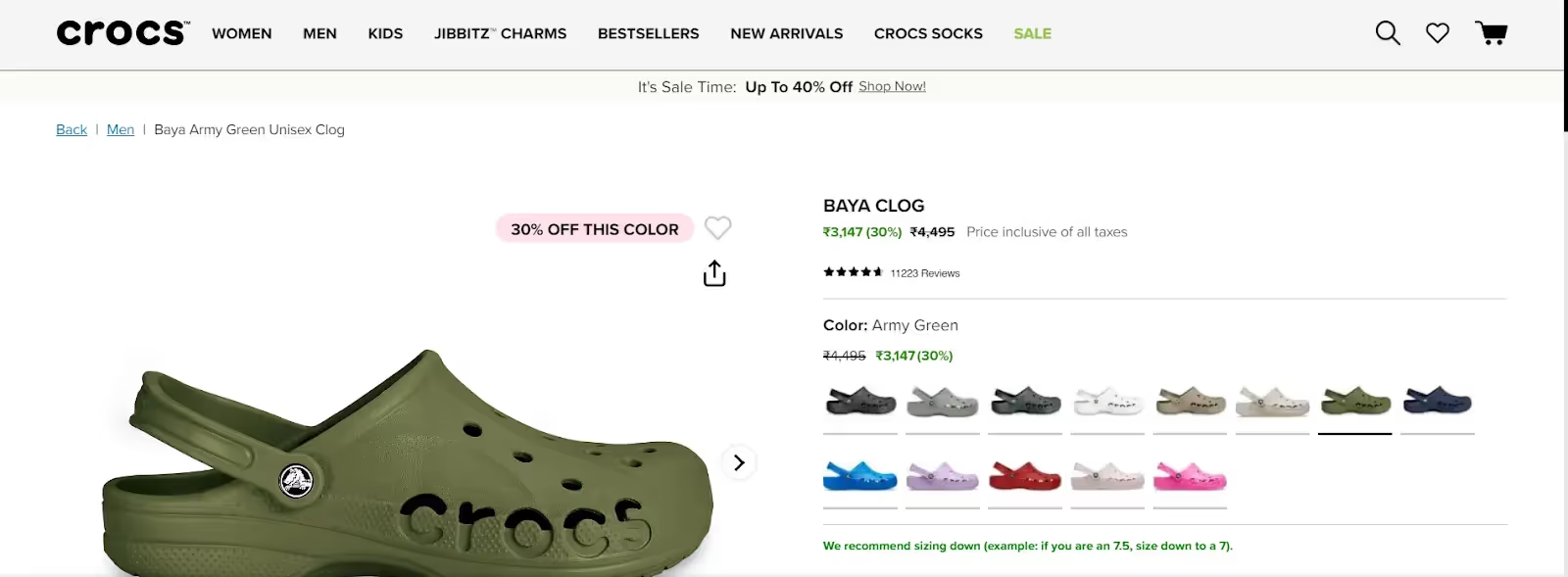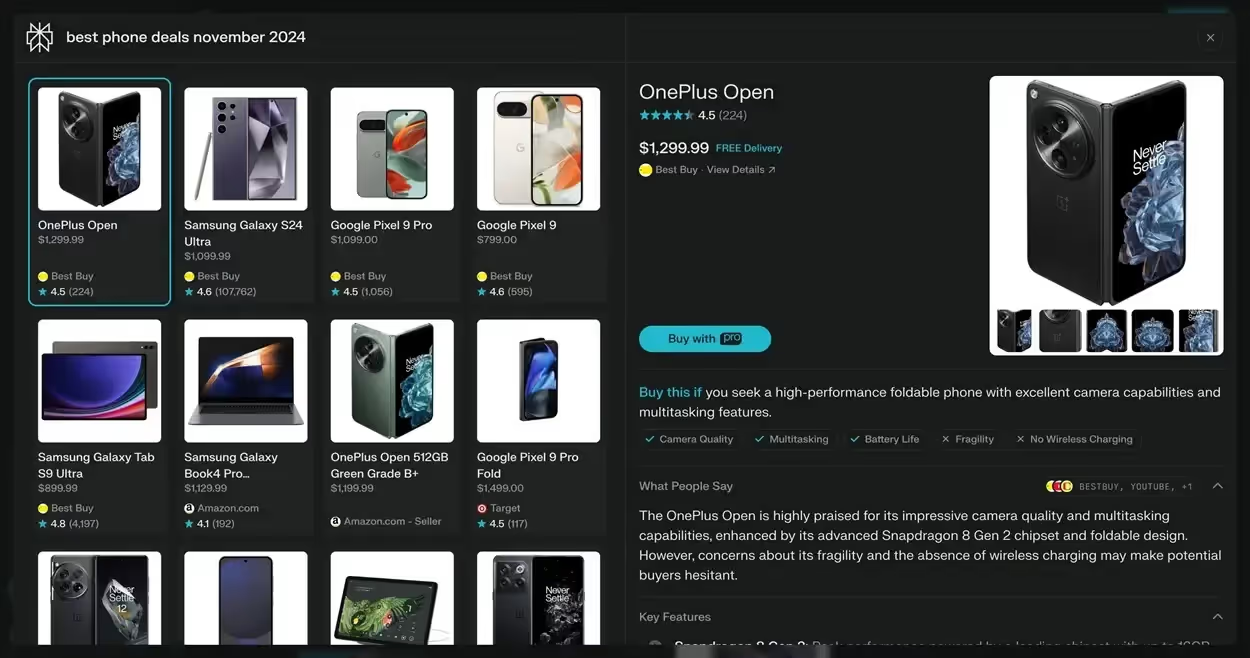It's 7 AM. Your first cup of coffee sits beside you as you scan yesterday's analytics dashboard. Traffic is steady but not growing. Sales are... fine. Not great, just fine. You scroll through another expert blog post promising "10 SEO Secrets for Ecommerce Success" and sigh.
This is your third year running your online store, and despite investing countless hours in product photography, inventory management, and customer service, the mysterious world of SEO continues to elude you. Yet everyone—from your business mentor to the latest marketing podcast—insists that SEO is non-negotiable for success.
And they're right. The numbers don't lie: organic search drives approximately 33% of all ecommerce traffic, with Google alone powering nearly 90% of web visits. That's potentially thousands of customers you're missing because your products aren't appearing when they search.
But how do you crack the code when search engines constantly change their algorithms? How do you optimize for both visibility and conversions? And now, with AI-powered shopping tools reshaping how customers discover products, the SEO playbook seems to be rewriting itself monthly.
That’s why we wrote this guide, to help you ace ecommerce SEO in the AI age. This guide offers clear, actionable steps to help you boost your store’s visibility and connect with customers effectively.
What is Ecommerce SEO?
Ecommerce SEO involves a range of strategies to enhance your online store’s visibility on search engines. It focuses on creating and optimizing content that matches the keywords customers use when searching for products. For example, a computer parts retailer might create a blog post on “top gaming mice of 2025” to attract relevant traffic.
The goal is to secure top positions on the first page of Google, as 75% of users don’t scroll beyond it. Sites ranking in the top three positions receive significantly more clicks than those lower down, making high rankings critical for driving traffic and sales.
Ecommerce SEO Strategy: 5 Steps for SEO Success
Step 1: Keyword Research
Ecommerce keyword research is slightly different from traditional keyword research. While most non-selling sites care only about informational keywords, you’ll want to target a mix of informational and commercial keywords, or keywords that show buying intent. Check out autocomplete predictions on Google and Amazon, using publicly available Google autocomplete APIs or Amazon's own feature.
In Amazon, you can filter by price and other details, they are extremely product-focused, and also long-tail. To make sure you have the right keywords and strategy, take a look at how Amazon, or your ecommerce platform of choice, structures your niche.
If you want to automate this at scale, use Yarnit's PDP Agent which does in-depth competitor research, SERP analysis, and helps you skip this step. Yarnit's keyword insights capability allows you to do the keyword research on your own. Look at long-tail keywords for specific product queries or asks. Try to pick out high-volume, low competition, buying focused keywords, which are relevant for your product.
Step 2: Site Structure
Site structure is important for Google's bots and your customers to view the page. Before you scale up your products, make sure that your site structure can scale accordingly, and that every page of your site is reachable within a few clicks. Make sure it's simple so that people can easily navigate the site.
A good example is this Crocs product page. Along with a comprehensive header structure split by buying category (men’s, women’s, children, bestsellers), it also has a clear breadcrumb structure (Men -> Product Name) so that users can go to any page they want to in just a few clicks.

If you want to do in-depth competitor research and structure your site, use Ask Yarnit. Our agents will take a look at the site structures of your competitors and suggest a similar one for you. Don't forget to include breadcrumbs, which enables users to orient themselves better as well as tell Google how your site is structured.
To get your site on search results, you will also need to index the pages. However, don't index all of them, as ecommerce sites face around thin content and content duplication. Thin content means that there's not much actual text on a product listing page when compared to a blog.
You can either no-index (ask google not to show the page in SERP), canonicalize pages (marking a page as master to ignore duplicated content) or write in-depth, rich content for each of your product pages. While scaling this up will be difficult normally, Yarnit's PDP agent makes this easy. Simply add your basic product details, and we'll give you SEO-ready, brand-aligned content that converts browsers into buyers.
Another way to get your site in favoured SEO results is by writing organic content aligned with your product and the right keywords, which we'll cover later in the blog.
Step 3: On-page and technical SEO
Technical SEO allows you to optimize your website for crawlers, getting better search results and more organic traffic because Google finds your site easier to read. Keep a checklist for on-page SEO, like creating logical internal linking, submitting your sitemap to Google Search Console and optimizing images to load quickly.
Also keep an eye on your Google PageSpeed score; this shows how quickly the page loads, another hidden marker for SEO algorithms. Make sure your pages are interlinked wherever possible, this tends to increase the amount of time the customer spends on your page while buffing your site structure up.
For on-page SEO, focus mainly on your product category pages and product pages. Here is another checklist that you can follow:
- Double check canonical tags, sitemaps, and robots.txt
- Editing meta titles, title tags, and meta descriptions to have your target keywords
- Add alt text for your product images
- Include keywords in the file names of your product images for better ranking on Google Images
- Optimize your URL slugs for blog posts, webpages, product pages, and your collections.
For more traffic, try adding your modifiers, like "Sale", "Deals", "Free Shipping" etc to the meta details. These have a chance to rank for long-tail keywords that include these words.
Of course, these are just best practices. The bulk of your SEO work needs to come from your product descriptions. Most ecommerce sites resort to copy pasting a basic set of product details from the manufacturer; a big no-no in Google's books. This falls under duplicate content, and could even negatively impact your SEO.
If you want your SEO to be good, you need to write unique and comprehensive descriptions for each of your products, keeping your readers engaged. Metrics like dwell time and bounce rate can help you test how good your copy is. Make sure your PDP has lots of details about your items, some customer testimonials, and even some product shots. Product pages with good, rich content have a higher chance of ranking on the top of search results.
For example, look at this PDP for Dbrand’s Ghost 2.0 iPhone case. While the product itself is quite simple with few talking points, the PDP is a masterclass in branding, complete with product images, videos, copy filled with the right keywords, and a comparison table to help buyers make the purchase decision.

Here's where your keyword research comes in handy; use your long-tail keywords organically within your content, and your transactional keywords in the headings and subheadings. The advantages here are two-fold; Google knows what your page is talking about, and your customers have extra info to help them make the decision.
Of course, if you receive a shipment of 300 products, writing PDPs for all of them is, naturally, low on your priority list. That's where tools like Yarnit come in. With integrations into your PIM and website, all you need to do is set up your brand and workflow on Yarnit's PDP generator, and there you have it. Keyword research, done. Competitor landscape, identified. Rich content, created in seconds and on your site without you lifting a finger.
With Yarnit, you can tick all the boxes for the search algorithms while creating content that speaks to your customers and drives them to that all-important buy.
Step 4: Blogging and Organic Content
Blogging needs no introduction, but where exactly does it fit in for ecommerce? Blogging complements ecommerce SEO by driving organic traffic, establishing authority, and nurturing potential buyers. Your blog needs to fulfill 3 main roles, build your authority in your niche, create a reputation for your brand, and increase visibility in organic search.
Take, for example, a site that sells personal computers and peripherals. The blogs could be content reviewing the latest tech coming out, suggestions for personal computer builds at various price points, comparisons between similar products, or showcases of product lines. All of these target the customer at the top of the funnel, where they are considering what product to buy.
Add in a well-placed link to a product page or a collection, and you have a natural and organic conversion. What's more, the keywords you targeted in your content strategy will bring in a steady stream of traffic to your site for free, cutting down on the need for paid campaigns.
Take a look at SabrePC’s blog. This company sells to business consumers in the HPC (High-performance computers) vertical, so their content is also structured accordingly. The content speaks to key questions customers might have, along with key information on new launches, in-depth reviews, as well as expert content that guides users along the customer journey.

Blogs aren't the only kind of content that you can use for ranking better on SEO. You can also do quick comparison tables to help buyers make decisions easier, buyer guides to target x vs. y keywords, and FAQs for conversational queries and long-tail keywords.
Of course, if organic content was a cheat code to drive traffic to your site easily, why doesn't every ecommerce site do it? The answer is simple; time and resources. A high SEO ranking doesn't happen overnight, and you might need to publish 60 blogs before you see a single conversion. Writing a good blog isn't easy either, it comes with its own set of keyword research and SEO best practices to help it rank.
That's why you need Yarnit. With its organic content hub, Yarnit can create SEO-optimized blogs, buyer guides, FAQs and more, all targeted to your product's unique selling points. Plus, all of this is already keyword researched, SEO-optimized, and speaks in your brand voice.
Step 5: Optimizing for AI Shopping
With the rise of assistants like Perplexity and now ChatGPT, searching for the best products is so 2024. The shopper of the very near future will begin using these assistants to shop. So, how do you get your products to show up on these apps? It's worth it to do some research on signing up for Perplexity's Merchant Program, which, according to the company, leads to "increased chances of being a "recommended product" because the products will be in our index".
This means that if someone asks Perplexity for computer part recommendations, your website will likely rank on top of the results. If you've opted for "Buy with Pro", your customer can even check out from within the app, making a sale without you having to lift a finger.

Another avenue to look into would be ChatGPT's Search Product Discovery. For queries where the user is expressing transaction intent, the OpenAI Search bot looks into products that could address the query. As a merchant, you need to make sure your content appears in ChatGPT Search with a few simple steps.
- Ensure that your robots.txt allows OpenAI's search crawler to access your website.
- Include conversational, long-tail, and transactional keywords in your PDPs. Much like Google, this helps the OpenAI bot understand what you're selling, aligning it with what the user is searching for.
- Sign up on this interest form to provide your product feed directly to ChatGPT sometime in the future.
This space is evolving fast, just as everything else has to do with AI, so the key is to keep an eye out for future advances. Keep your eyes out for an upcoming blog on AI shopping engines on Yarnit, and check out this blog for a better idea on how to do AIO and SEO for AI engines.
Conclusion
This guide equips ecommerce store owners with a roadmap to master SEO, from keyword research to AI optimization. By implementing these strategies, you can drive traffic, boost brand visibility, and increase sales.
Yarnit helps you streamline the process, offering automated solutions for PDP creation, organic content generation, and a lot more. Start optimizing your store today with Yarnit and stay ahead in the competitive ecommerce landscape.










